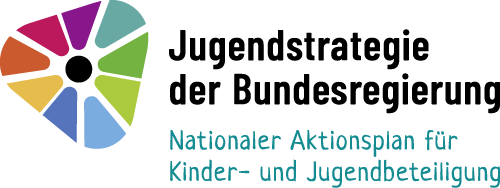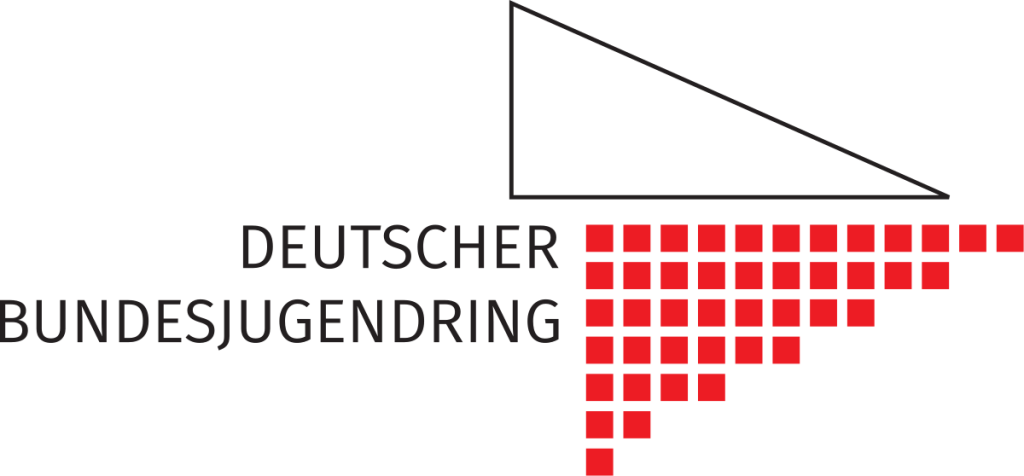
5. The general quality standards
5.1 The understanding of quality standards
Quality standards in the context at question here are objective, geographical, temporal, structural, procedural practice and personal preconditions for involvement of children and adolescents. In this way, central aspects of the cube described above are picked up to start with: topics and contents, methods and procedures, institutional contexts and the children and adolescents who are involved. At the same time, with a view to the cube and its topics, three important content-bound supplements are necessary:
- Firstly, it must be emphasised that not only involvement needs time, but that taking time horizons into account portrays a central quality criterion, precisely with children and adolescents. All too often, they gain the experience that implementing their causes needs much too much time from their point of view, with the consequence that their participation fails and does not achieve any recognisable effects.
- Secondly, it must be stated that personal preconditions relate on the one hand to the involved children and adolescents; but that on the other hand, this focus may not cut out the role of the specialists, honorary workers and responsible people involved. Quality standards must always relate to all the persons involved in and responsible for the process.
- Thirdly, we must be reminded that involvement always takes place in specific social spaces – even if they are of a digital nature, the “spaciousness” of which is defined by the underlying algorithms in each case. This has consequences for the architecture of the present quality standards for involvement of children and adolescents: it once more undertakes the attempt9 on the one hand to formulate generally valid quality standards for the involvement of children and adolescents and on the other hand to demonstrate specific quality standards related to the spaces or fields of action in question. Accordingly, the main part has been structured along selected institutionalised fields of action of scholastic and extracurricular specialist practice with children and adolescents (cf. subsections 6 and 7).
Alongside these content-bound supplements, the present text has been characterised by a further conceptional advance decision, which relates to the status of the quality standards in practice; the general and also action-specific standards presented here are to be understood as impulses and as tried starting points for the discussion in practice and for the implementation and further development of participation processes with young people. Therefore, they must not be read too technically; the implementation of the quality standards is rather to be regarded as a continuous process. On the other hand, context-sensible adaptation and reflection of the suitability are always needed. This also means:
Concerning oneself with the quality of participation processes is a fundamental quality standard itself.
Against this background, lining the quality standards with tickable, partly even scaled checklists was also deliberately dispensed with.10 Although on the one hand these lists can have a relieving effect for practice, they also on the other hand easily create a final impression. However, participation processes cannot be designed by going through checklists alone, but also need the process of permanent reflection and, if applicable, review.

9 With this, we should not only avoid – as far as possible – redundancies in the description of quality standards for the fields of action in question; at the same time, the reference to general quality standards is also to show that the debates about the further development of quality standards of involvement may not lose themselves in the details of the fields of action, but must be held as a general debate on the subject. This double access was also the basis of the previous brochure (BMFSFJ 2015) and is also used in other proposals crossing fields of action for the description of quality standards for involvement (cf. for example TMBJS 2016).
10 For two interesting examples of this, albeit with a different approach with a view to the checklists, cf. Schwerthelm 2020 and TMBJS 2016. A discussion and, if applicable, observation will be necessary of the implications in practice which will be connected with it, which reviews will possibly be done (cf. Schwerthelm 2020, p. 49) and whether and to which extent the nature of the formulation of quality standards can be profitably transferred to other fields of practice on various levels of abstraction, including the evaluation criteria, which are simple to handle.



